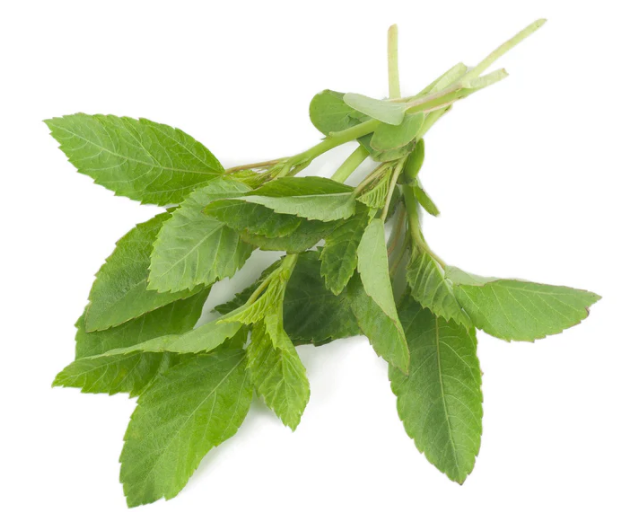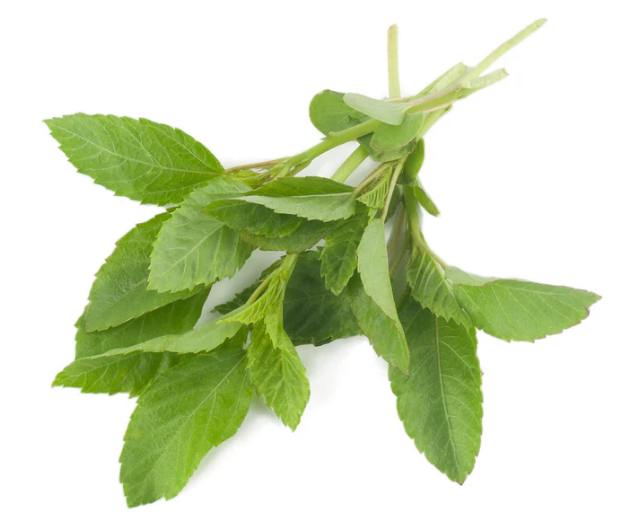Molokhia
Molokhia
Packet Size: 100 seeds
Couldn't load pickup availability
Molokhia (Corchorus olitorius), is a leafy green with deep roots—both in the soil and in history. Grown and eaten since the days of the Pharaohs, it remains a beloved staple across the Middle East and North Africa. Also known as Egyptian spinach, it’s prized for its rich, earthy flavour and the smooth, lightly thickened consistency it brings to soups and stews.
Typically grown as an annual, Molokhia is easy-going in the garden and quick to reward. It’s fast-growing, low-maintenance, and starts producing tender, edible leaves just 8 weeks after planting, continuing right up until the first frost. Young leaves are delicious raw in salads, while mature leaves shine in hot, hearty dishes.
Whether you enjoy it raw or cooked, Molokhia brings a touch of ancient tradition—and plenty of nutrition—to your plate.
Ready to grow your own?
Shop our Molokhia seeds today and add a little history—and a lot of flavour—to your garden.
SOW
Mid-Spring to Mid-Summer
Molokhia loves the heat, so wait until the soil has warmed up before sowing. To give your seeds the best start, wake them up first
-
- Soak in hand-hot water for a few seconds.
- Then soak in room temperature water overnight.
After Soaking
- Sow a few seeds per module or compostable pot.
- Place on a sunny windowsill, in a cold frame, or in a greenhouse.
- Seeds germinate quickly - usually within 2–3 days.
- Thin to one plant per pot after about 2 weeks.
GROW
- Once seedlings have 5-7, it's time to transplant (or pick as a baby leaf from this size)
- Space at 35-40cm apart in the ground, or 3 plants per container
- They thrive in full sun and prefers rich, well drained soil.
- Keep moist but not soggy—Molokhia dislikes both drought and over-watering.
Once it gets going, Molokhia grows fast—sometimes to over a metre tall.
- Prune when the plant reaches 30cm: snip a little off each stem to encourage bushier growth.
- Begin harvesting after 6–8 weeks.
- Trim regularly to keep plants compact and productive.
ENJOY
In the kitchen, young leaves can be eaten raw in salads, where they add a sharp, slightly bitter note - great when mixed with milder greens. But Molokhia really shines when cooked:
- Cooked leaves have a pleasant savory taste, with a distinctive aroma similar to coriander and garlic.
- Try it n a traditional Egyptian or Levantine stew with garlic, onions, broth, and tomatoes.
- The leaves break down into a slippery, almost silky texture—a love-it-or-leave-it trait that fans adore: a natural thickener for soups and stews.
- Dry the leaves for tea or grinding into a green powder for cooking.
- The seed pods can be cooked like okra
Molokhia is packed with nutrients & antioxidants - a natural source of calcium, magnesium, potassium, vitamins A, C, and B-complex. With thousands of years of culinary history it's no wonder some bright spark has now called them a “new” superfood!
DID YOU KNOW?
Molokhia is also used for fiber production, with its stems being used to make jute and burlap.

Collapsible content
Sowing
- Apr
- May
- Jun
- Jul
Harvesting / Flowering
- Jun
- Jul
- Aug
- Sep
- Oct
- Nov

